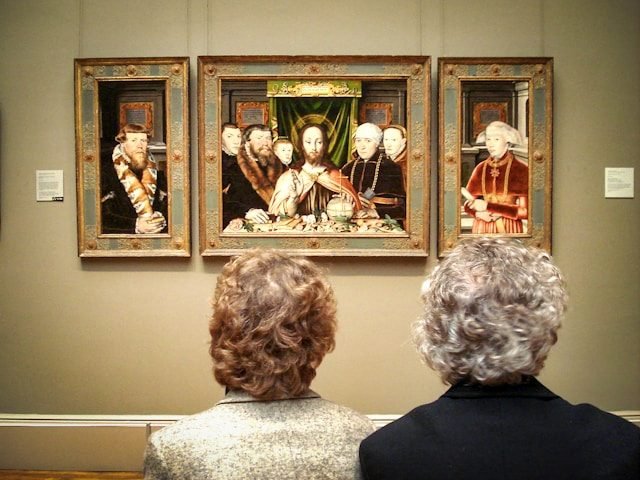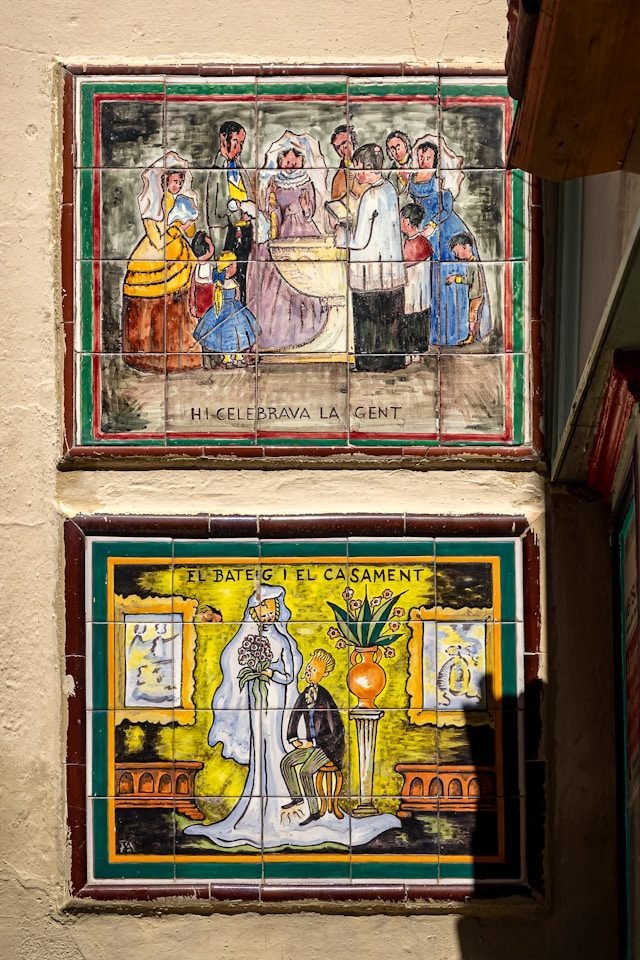Designing great hotel signage is crucial in optimizing guest experience, reinforcing brand, and making way-finding seamless. From hotel signage design outdoors to hotel room signage design and digital signage for hotels, great signs are both functional and decorative. The blog discusses why hotel signage matters, what are the most important design elements, and how various kinds of signs make a memorable guest stay.
The Importance of Hotel Signage
Hotel signage is more than directional signage; it is a significant contributor to guest satisfaction. Hotel signage directs guests through unfamiliar areas, communicates critical information, and assists the atmosphere. From the upscale outer sign welcoming guests to subtle hotel room signage indicating room numbers, both are part of a complete and professional environment. Quality signage reduces guest frustration, enhances accessibility, and reinforces the hotel brand with uniform graphics.
Outdoor Hotel Signage Design
Exterior hotel signs are the first impression a guest has of a hotel. The signs, typically lighted for night visibility, must be prominent but consistent with the style of the hotel. High-end hotels may utilize stainless steel or backlit signs with elegant types. Budget hotels may utilize bold, contrasting-colored signs to draw attention. Major issues with exterior signage are:
Visibility and Readability:
Signs must be legible at a distance, even under dim light. There must be strong contrasting color, and fonts must be legible.
Durability:
Weather will eventually reach outdoor signs, so stainless steel, acrylic, or weather-resistant vinyl are the way to go.
Branding:
The brand of the hotel must be showcased in the design, with uniform logos, colors, and fonts.
Compliance:
Size, location, or lighting could be controlled by local zoning, so designs have to be in compliance.
For example, a beach resort can use strong outdoor signs in tropical colors with LED lights for nighttime visibility, while a boutique city hotel can use streamlined designs with the use of gold to provide a luxurious look.
Hotel signage: Form and Function balance
Hotel digital signages serve a range of purposes, from wayfinding to safety. Wayfinding signs guide people to amenities such as the lobby, pool, or restaurant, while information signs provide information such as check-in time or use of Wi-Fi. Safety signs, such as those to mark fire exits, are also necessary due to regulations.
The issue lies in striking a balance between function and aesthetics. Excessive detail on signs loses visitors, but excessively plain signs do not provide information. To achieve the right balance:
Keep it Simple:
Use short text and universal symbols to assist in achieving clarity, especially among international visitors.
Integrate Design Elements:
Keep signage material and color consistent with the hotel’s interior decor. A rustic hotel, for instance, might use wooden signs with embossed letters, while a modern hotel might use acrylic panels with a flat finish.
Make it Accessible:
Offer Braille or tactile elements for visually impaired guests and place signs at reading level.
Hotel Room Signage Design
Sign design of hotel rooms is generally low-key yet very important to wayfinding for guests. Do-not-disturb signs, room signs, and housekeeping signs are some examples. They need to be intuitive and ideally complement hotel interior design.
For luxury hotels, room signage can be accomplished in luxurious materials like brushed metal or frosted glass with laser-cut characters for an elegant look. Budget hotels can go for cost-effective vinyl or acrylic signs without losing on readability. Some of the key design recommendations are:
Consistency:
Use the same fonts, colors, and materials for all the room signs so that they will have a uniform look.
Legibility:
Ensure room numbers are legible from the bottom of the corridor with enough contrast with surroundings.
Tactile Elements:
Incorporate embossed numbers or Braille to satisfy accessibility standards.
New and creative concepts, like backlit room number signs or touch-sensitive do-not-disturb indicators, can offer a contemporary appearance with greater functionality.
Hotel Digital Signage: The Future of Guest Communication
Hotel digital signage is revolutionizing how hotels interact with visitors. These regularly refreshed screens, typically LCD or LED, are easier to alter than printed signs. From welcome screens in the lobby to interactive directional kiosks, digital signage boosts guest engagement and streamlines operations.
Benefits of Hotel Digital Signage
Hotel digital signage offers the following benefits:
Real-Time Updates:
Highlight everyday specials, event schedules, or weather updates in real-time.
Interactivity:
Touchscreen kiosks allow visitors to check amenities, book services, or check out without visiting the front desk.
Sustainability:
Digital signage reduces the use of paper materials, which is consistent with green practices.
Aesthetic Appeal:
Slim screens are compatible with modern hotel design and can display high-definition images.
Uses of Digital Signage
Lobby Screens:
Welcome visitors with personalized messages or display promotional videos.
Wayfinding:
Interactive maps guide visitors to their rooms or facilities.
Menu Boards:
Hotel restaurants can utilize electronic boards to display menus or promotions.
Event Signage:
Convention centers can display convention schedules or convention directions.
Digital signage should be placed wherever traffic is high and must have user-friendly interfaces. There must be ongoing updating of the content to make it timely, and designs must include the branding of the hotel in order to create a consistent experience.
Best Practices of Hotel Signage Design
No matter if designing outside signs, space signs, or electronic signage, there are design principles that apply universally:
Enhance Guest Experience:
Navigation needs to be simplified and the guest experience enhanced through signs.
Ensure Brand Consistency:
Use the hotel logo, color, and typeface on all signs so that everything appears to be consistent.
Invest in the Right Quality:
Invest in high-quality, durable materials that provide a professional look and last the long haul.
Test for Legibility:
Test signs for use and legibility before installing, especially with varying light sources.
Be Future-Ready:
In digital signage, select systems that are scalable and can be merged with new innovations.
Final Thoughts
Hotel signage, ranging from exterior hotel signage to in-room signage and digital signage for hotels, is all hospitality. Properly designed signage helps guide the guest through wayfinding, upholds brand image, and adds to the overall experience. By focusing on clarity, aesthetics, and cutting-edge solutions like digital signage, hotels can create signage that guides but also inspires. Spending money on thoughtful signage design is money spent on guest satisfaction and long-term success.














































































































































































































































































































































































































































































































































































































































































































































































